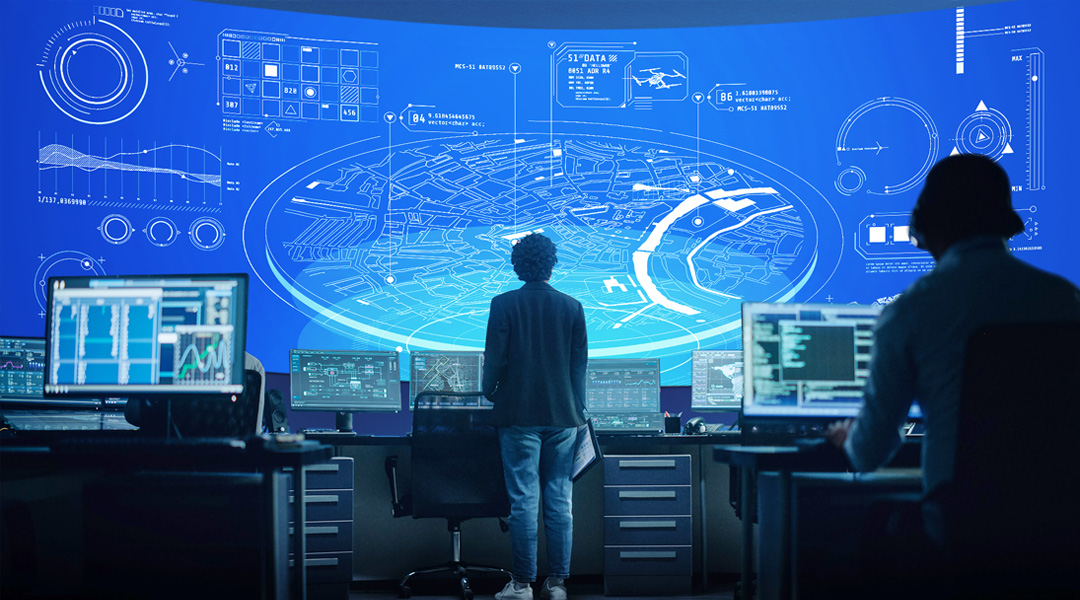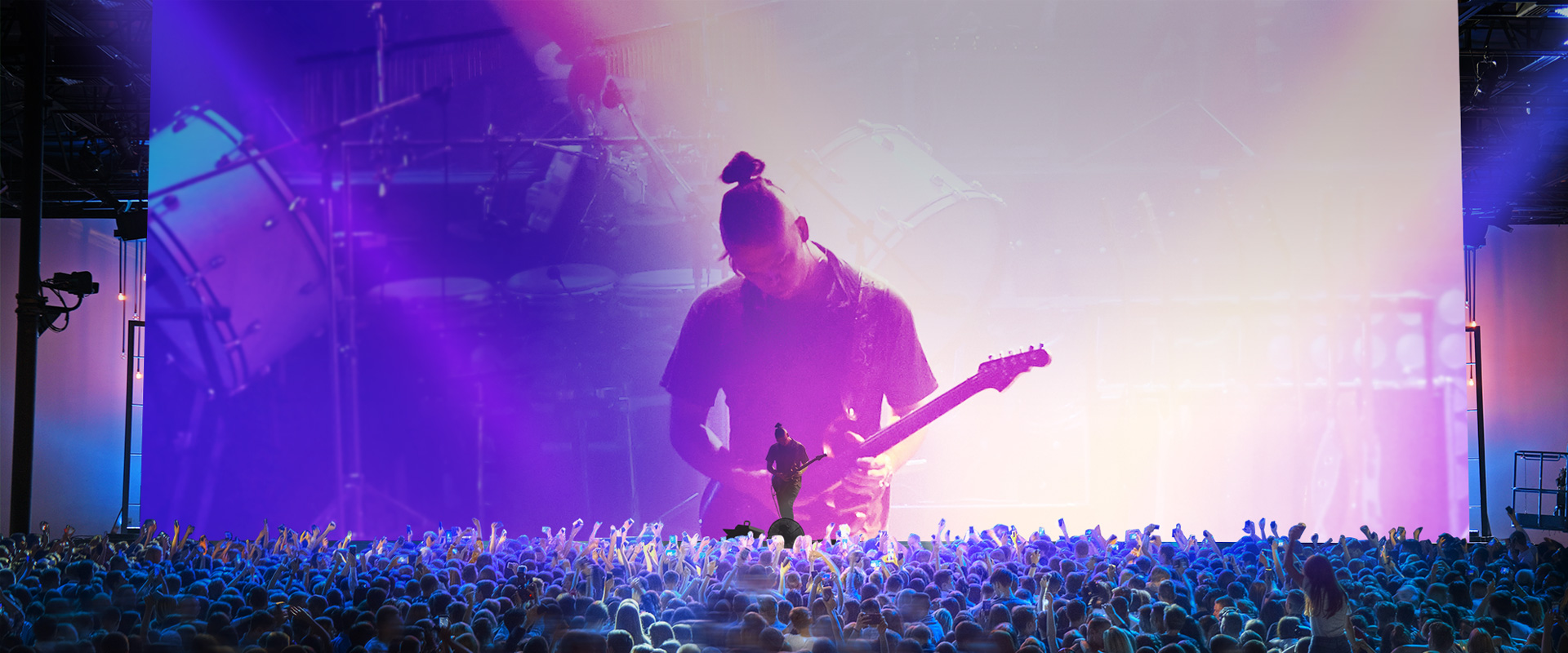What Does LED Stand for in Display?

LED Displays: A Versatile Video Display Technology
LED displays are a highly versatile video display technology that uses an array of LEDs as individual pixels. In the past, LED displays were primarily used outdoors, making them suitable for outdoor applications such as store signage, billboards, and public transport and highway messaging systems. However, with the development of technology, LED displays have gradually begun to be used indoors as well. The high brightness of LED displays can effectively highlight outdoor applications, while the technological advancements in pixel density have opened up opportunities for indoor applications too.
In addition to their informational role, LED displays can also serve a decorative purpose by providing general illumination. They outperform traditional projectors in brightness and contrast ratios for large, uninterrupted video walls. Their ability to offer such continuity arises from a design that is devoid of the visible grid that the bezels of individual displays would otherwise create.
Over the years, LED displays have been extensively used in various settings. Their popularity essentially stems from key features like front maintenance convenience, flexibility in installation (temporary use or fixed installation ), high brightness, and vivid color reproduction.
What Does LED Stand For?
LED means Light Emitting Diodes. An LED display is a modern visual display technology composed of many light-emitting diodes that are configured as pixels for video portrayal. The radiant intensity of these LEDs makes them suitable for bright environments, even for outdoor applications, their glow remaining undimmed even under bright sunlight. You can frequently spot these on storefront signs and large advertising billboards.
In the recent past, LEDs have also gained prominence in the public transportation sphere by manifesting as destination signs on various vehicles. They've also become a frequent sight on highways to serve as dynamic message signs. Interestingly, LED screens can serve a dual purpose by providing not only display capabilities but also functioning as a source of overall lighting.This makes them a favorite in stage lighting scenarios or for embellishing spaces without intending to convey specific information.
LED screens offer an enhanced the brightness and contrast ratio than traditional projectors and present them as a viable alternative. They also facilitate the creation of large video walls, uninterrupted by the bezels of individual displays, and hence, devoid of any visible grid. Advancements in LED technology have given birth to microLED displays—LED screens but with smaller diodes.
How Does An LED Display Work?
LEDs generate light through a process known as electroluminescence, where the diode emits light when an electrical current flows through two silicon semiconductors coated with a unique material. Unlike the bulbs of yore, light-emitting diodes don't produce any substantial heat. They are therefore referred to as "cold light." Composed of solid and robust materials, often encased in transparent plastic, LEDs guarantee high durability while minimizing the need to cool electronic components.
Essentially, the principle is straightforward. An LED display comprises a multitude of closely-spaced LEDs. Each LED's brightness can be manipulated to form an image on the screen collectively. It is achieved by leveraging the principles of additive color mixing, which implies that by combining light in various colors, new shades are generated.
In a nutshell, a typical LED display contains red, green, and blue (RGB) LEDs arranged in a set pattern. These three colors combine to form a single unit known as a pixel. By controlling the intensity of these diodes, we can generate billions of colors. Meanwhile, the array of vibrant pixels is perceived as an image when viewed from a distance.
What Are the Common Uses of LED Displays?

In the following paragraphs, we'll discuss the common uses of LED displays. Let's begin.
Retail/Shopping Mall
LED displays are used in retail environments to enhance the customer experience, improve brand visibility, and drive sales. These displays are designed to have high resolution for clarity, color depth for vivid imagery, and high brightness for visibility, even in brightly lit environments. A common application is digital signage, which can be programmed to show dynamic content like advertisements, promotions, or product information. For example, large retailers might use an LED video wall at the store entrance to attract customers, while smaller digital signage displays could be used at specific product sections to provide detailed product information.
DOOH (Digital Out-Of-Home)
DOOH represents a noteworthy application of LED displays in advertising, where they are placed in public spaces like streets, parks, or transportation hubs. LED displays in DOOH must be designed for outdoor conditions, including high brightness to counter sunlight glare, weather resistance, and robust build quality to withstand vandalism. The content on DOOH displays can be centrally managed, dynamically updated, and adapted based on time, location, demographic data, and even weather changes, by combining AI, IoT technology, and DOOH content. For example, an LED billboard on a highway might display different advertisements based on the time of day or weather conditions.
Control Room/Monitoring & Command Center

LED displays are widely utilized in critical environments such as control rooms, command centers, corporate lobbies, experience centers, and boardrooms due to their exceptional features. These displays serve the purpose of monitoring real-time critical information and require reliability, a high refresh rate for real-time data visualization, and accurate color reproduction for effective data interpretation. Pixel pitch plays a crucial role in ensuring clear and readable data display. Moreover, LED walls are often used for multi-window displays, allowing operators to simultaneously view multiple data feeds. For instance, in a power company's control room, a large LED screen can present live data from the power grid, weather updates, and security camera feeds from vital facilities.
The strength of LED displays makes them a perfect fit for critical business environments. The seamless nature of LED technology ensures uninterrupted and smooth images. LED video wall displays offer high brightness, enabling optimal performance even under daylight conditions. The resolution of LED panels can be tailored to specific needs, as they are available in various pixel pitches. This allows for selecting the ideal resolution for the video wall solution based on factors like content, viewing distance, and other requirements.
Sports & Arenas
LED displays in sports arenas and stadiums provide live feeds, replays, scores, and other pertinent information to enhance the viewing experience for spectators. These displays must be large, bright, and highly contrastable from all seating positions. Furthermore, they need to support high refresh rates to display fast-moving sports action smoothly. For example, a football stadium might have a large LED scoreboard that shows live video feeds, player stats, and instant replays of live performance plus audience interaction, which provides an immersive experience for fans.
Staging

LED displays create immersive backdrops or interactive elements in staging, including concerts, theaters, or corporate events. These displays must be modular and flexible to fit various stage designs, support high-resolution and vibrant color reproduction to create impressive visuals and have a fast refresh rate to sync with live camera feeds or special effects. For instance, a music concert might use a large LED backdrop display to show dynamic visualizations that sync with the music. This will allow your audience to experience awe-inspiring visual and audio effects that will leave them breathless.
All-in-one LED Display for Conference

All-in-one LED conference displays combine the display, audio system, and connectivity into a single device to facilitate effective video conferencing. These displays typically have high-resolution screens to ensure clear visibility. They also include various connectivity options like HDMI, USB, and network ports to connect with devices like computers, flash drives, or network servers. For example, a corporate conference room might have an all-in-one LED display for global team meetings, where team members can share presentations, participate in group discussions, and collaborate effectively.
We hope that this overview has provided you with a better understanding of the versatility and wide range of applications of LED displays. If you're looking to experience vibrant visuals like never before, consider AUO's LED displays. Don't wait; illuminate your world with AUO today!





